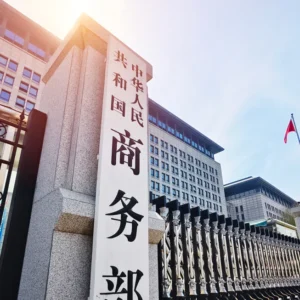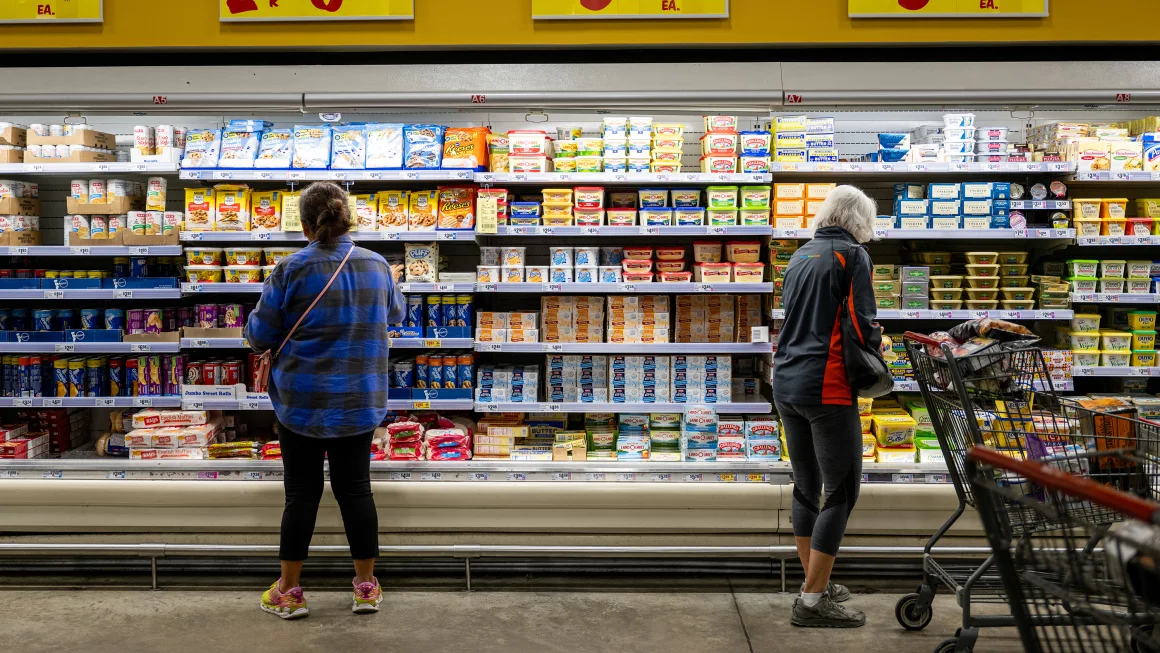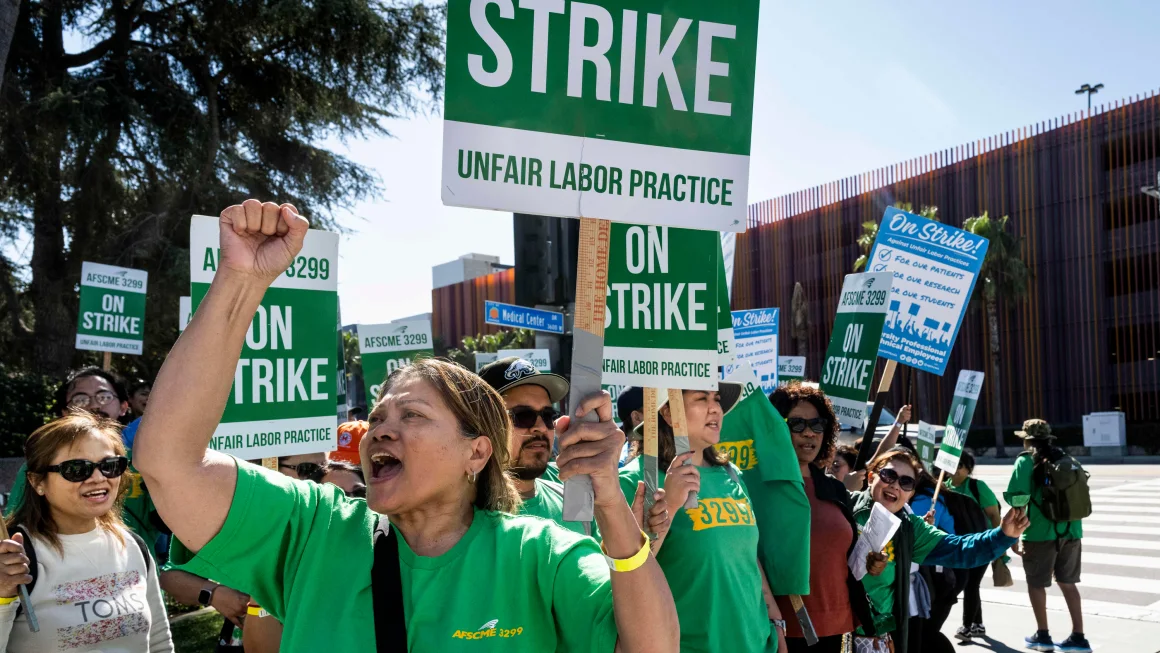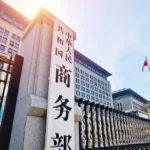Trump’s $1.4 Trillion Tariff Gamble: Economic Risk or Strategic Move?
President Donald Trump is preparing to impose sweeping tariffs on America’s three largest trading partners—Mexico, Canada, and China—marking a bold and controversial shift in his economic policy. The move, which Trump has described as a powerful negotiation tool, is seen as an unprecedented gamble that could have significant consequences for the economy and consumer prices.
A High-Stakes Strategy
The newly announced tariffs will impact $1.4 trillion worth of imported goods, more than tripling the $380 billion taxed during Trump’s first term. With inflation already a concern, critics warn that these tariffs could worsen the situation, raising costs for consumers and businesses alike.
Mary Lovely, a senior fellow at the Peterson Institute for International Economics, expressed concern, stating, “This is a huge gamble. It’s a recipe for slowing down the economy and increasing inflation.” The Wall Street Journal echoed these concerns in a recent op-ed titled “The Dumbest Trade War in History.”
Supply Chain Chaos and Price Hikes
The tariffs could particularly disrupt the North American economy, where Canada and Mexico play crucial roles in supply chains. Experts predict increased costs for industries such as auto manufacturing, where tariffs could add as much as $3,000 to the price of a typical car. Grocery prices may also be affected, as Mexico supplies the U.S. with fruits and vegetables, while Canada is a leading source of grains and meats.
Christine McDaniel, a former trade official in President George W. Bush’s administration, questioned the strategy, asking, “Why would you want to burn your own house down?”
Inflation and Economic Slowdown
Analysts believe the tariffs could deliver a stagflationary shock—combining economic slowdown with inflation. EY chief economist Gregory Daco estimates that the tariffs and potential retaliation could reduce U.S. GDP growth by 1.5 percentage points in 2025 and 2.1 percentage points in 2026. Higher input costs could also lead to reduced consumer spending and market volatility.
Federal Reserve’s Response
The Federal Reserve’s reaction remains a wildcard. While a one-time price increase may not trigger action, sustained inflationary pressure could delay planned interest rate cuts. If tariffs shift consumer expectations and drive inflation higher, the Fed may be forced to maintain restrictive monetary policy for longer than expected.
Energy Sector Implications
The oil industry has urged the administration to exempt crude imports from tariffs, citing Canada as the largest foreign source of oil. Analysts caution that such tariffs could lead to increased gasoline prices in the Great Lakes, Midwest, and Rockies regions. In response, the administration opted to impose a reduced tariff of 10% on Canadian energy products instead of the full 25%.
The Road Ahead
Despite the economic risks, Trump remains confident in his approach, arguing that tariffs address key issues such as the trade deficit, illegal immigration, and drug trafficking. However, many experts warn that this aggressive move could have unintended consequences.
Some economists anticipate retaliatory measures from trading partners, which could further strain relations and dampen economic growth. Businesses reliant on international supply chains may need to adjust their sourcing strategies to mitigate rising costs.
As the situation unfolds, businesses, consumers, and policymakers will closely watch whether last-minute negotiations can prevent economic turmoil—or if Trump’s high-stakes tariff strategy will redefine U.S. trade policy in a costly way. The next few months will be critical in determining whether these tariffs bring economic leverage or unintended disruption.














